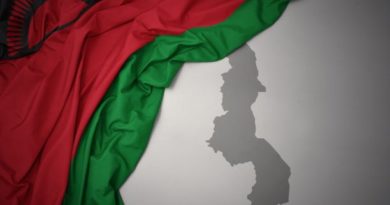Delhi’s Peak Power Demand to Climb to 4700 MW This Winter

The peak power demand in Delhi this winter is expected to climb up to nearly 4,700 MW, according to predictions made by the state Discom BSES. The Discom has detailed that compared to last year when the peak demand touched 4472 MW, there will be a 200 MW increase in the demand this winter but that both BSES Rajdhani (BRPL) and BSES Yamuna (BYPL) are well prepared to handle the load.
The peak winter power demand in BSES discoms BRPL and BYPL areas was recorded 1,926 MW and 1,091 MW respectively. This year, it is expected to reach 2,020 MW and 1,165 MW for BRPL and BYPL, a BSES spokesperson said.
“Ensuring reliable supply in any season is as much the function of proper power arrangements as also accurate demand forecast and robust distribution network. On all these aspects, BSES discoms are fully geared to ensure adequate power availability during the winter months,” they added.
It was further revealed that the back-bone of BSES’ power-supply arrangements during the winter-months includes longterm agreements from power-plants like Dadri (stage 1 & 2), Hydro Stations, Singrauli, Rihand, Sasan, DVC Mejia and Delhi based gas fueled generating stations. Additionally, BSES is also receiving 50 MW of wind power and 20 MW of solar power from SECI.
Apart from these, the discoms are using advanced techniques and avenues like “Banking”, “Reserve Shutdown”, “Power Exchange” and ensuring sufficient “Spinning Reserves” to dispose of surplus power as well as ensuring reliable power supply, as also making arrangements to get power during summer months.
However, in case of any unforeseeable contingency, the discoms will buy short-term power from the exchange which is available at economical rates and can range between (around) Rs 1 to over Rs 4 per unit – during winter months, depending on the time slot. Adding to these efforts are the advanced load-forecasting statistical and modelling techniques, which are helping the discom accurately forecast the power demand.
BSES discoms will also bank surplus power with hilly states, which need additional power during the winter months. This banked power will be available during the summer months. BRPL will bank between 267 MW and 278 MW with states like Himachal Pradesh and Manipur. On its part, BYPL will return around 235 MW to states like Himachal Pradesh, Meghalaya and Goa from whom it had taken the quantum during the summer-months.
Explaining the use of technology in ensuring reliable power supply, the spokesperson said, that to meet today’s power challenges and to get a grip on so many varied and dynamic variables, BSES uses a mix of advanced statistical forecasting models, combined with state-of-the-art weather forecasting solutions, including Artificial Intelligence (AI) and Machine Learning. “Domain expertise provided by IMD-POSCO also helps. These help discoms build advanced models, which leads to high accuracy planning and huge saving of man-hours and cost.”




